In the refined world of Japanese wagashi confections, few treats capture the imagination quite like matcha daifuku - those plump, emerald-green mochi parcels hiding sweet red bean paste within their pillowy embrace. This exquisite harmony of textures represents the pinnacle of Japanese pastry craftsmanship, where the delicate balance between a tender, stretchy outer layer and flavorful filling demands both technical precision and artistic sensibility.
While the combination of premium matcha and anko (sweet bean paste) creates magic on the palate, the true artistry lies in crafting that perfect mochi skin - soft enough to yield gracefully to the bite, yet sturdy enough to encase its treasure without tearing.
The Cultural Significance of Daifuku Mochi
Matcha daifuku occupies a special place in Japan's confectionery tradition, evolving from the simpler white mochi desserts enjoyed since the Edo period. The incorporation of vibrant matcha powder transformed the humble rice cake into a visually striking delicacy that reflects Japan's deep tea culture. These confections aren't merely sweets but edible representations of seasonality and mindfulness, often served during tea ceremonies or as gifts marking special occasions. The contrast between the slightly bitter matcha coating and the sweet azuki bean filling embodies the Japanese aesthetic of "bitterness-sweetness" (nigami-amami), a flavor philosophy that values balance and subtlety in culinary experiences.
Selecting Ingredients for Authentic Texture
Creating the perfect daifuku skin begins with sourcing the right varieties of rice and tea. Artisan confectioners typically use mochigome (glutinous rice flour) with specific starch compositions that vary by region - some preferring rice from Niigata for its exceptional stretchiness, others from Kyoto for its delicate flavor profile. The matcha must be ceremonial grade to ensure both vibrant color and nuanced flavor without bitterness. Even the water quality affects the final texture, with many traditional makers using soft spring water to hydrate the dough. These carefully chosen ingredients combine to create a mochi that's pleasantly chewy yet melts delicately on the tongue.
The Science of Mochi Elasticity
Achieving that signature daifuku texture involves understanding the gelatinization properties of rice starch. When steamed and pounded, the glutinous rice's amylopectin molecules align to create the stretchy network that gives mochi its distinctive chew. Professional chefs monitor the dough's temperature meticulously during kneading, as slight variations can mean the difference between perfect elasticity and a tough, rubbery texture. The addition of matcha introduces another variable, as its particles interact with the starch molecules - too much can make the dough crumbly, while too little fails to impart the desired flavor and color. This delicate balance explains why handmade daifuku remains highly prized despite the availability of mass-produced versions.
Traditional Preparation Techniques
The traditional method for crafting daifuku skins involves steaming (rather than boiling) the rice flour to preserve delicate flavors, followed by rhythmic pounding in a wooden mortar (usu) with a heavy mallet (kine). This labor-intensive process, often performed by teams working in precise synchronization, aerates the dough while developing its glutinous texture. Modern adaptations using microwave or stovetop methods can produce good results, but purists argue they lack the nuanced texture achieved through ancestral techniques. The skilled artisan knows precisely when the mochi reaches the ideal consistency - smooth and pliable enough to stretch paper-thin without tearing when wrapped around the anko filling.
The Critical Role of Temperature Control
Mastering daifuku requires an intimate understanding of thermal dynamics. The mochi dough must be worked while warm enough to remain pliable but cooled sufficiently to prevent sticking. Professionals often work on special wooden surfaces lightly dusted with cornstarch or katakuriko (potato starch), which absorb excess moisture without drying out the dough. The filling must be at room temperature - too cold causes condensation that makes the mochi soggy, too warm makes handling difficult. Seasonal adjustments are crucial too; humidity levels in summer require slightly drier dough compositions than winter preparations. This thermal ballet continues until serving, as daifuku taste best when slightly warmed to room temperature after refrigeration.
Modern Innovations in Daifuku Craft
Contemporary pastry chefs have expanded the boundaries of traditional daifuku while respecting its essential character. Some experiment with alternative fillings like white chocolate ganache or fruit pastes that complement matcha's earthiness. Others create gradient-colored versions by layering different tea concentrations, or introduce textural contrasts with crushed nuts mixed into the mochi. A new generation of wagashi makers even crafts clear "crystal" daifuku using special starches that showcase the filling visually while maintaining traditional mouthfeel. Despite these innovations, the highest compliment remains when a diner remarks that the texture takes them back to childhood memories of authentic Japanese confections.
Preserving Freshness and Serving Traditions
The ephemeral nature of fresh daifuku presents both a challenge and part of its charm. Unlike Western pastries, premium daifuku maintain perfect texture for mere hours after making, as the mochi skin gradually hardens and loses elasticity. This impermanence reflects the Japanese aesthetic of mono no aware - appreciation for transient beauty. When serving, traditionalists recommend slicing with a wet knife to prevent sticking, and presenting on washi paper rather than plates to absorb excess moisture. The ideal bite reveals the mochi's tender give followed by the smooth bean paste, with matcha's aroma blooming as the temperatures equalize in the mouth.
Matcha daifuku represents much more than a simple sweet - it's an edible lesson in Japanese craftsmanship, where years of practice culminate in creating something seemingly simple yet technically profound. From selecting the perfect rice flour to mastering the precise moment when warm mochi becomes workable, each step in the process honors centuries of confectionery tradition while allowing for personal expression.
As global interest in Japanese cuisine grows, the art of daifuku making continues to captivate food enthusiasts worldwide, offering a delicious gateway into understanding Japan's sophisticated dessert culture. Whether enjoyed in a Kyoto tea house or homemade with care, that first bite of perfectly textured matcha daifuku - yielding yet resilient, traditional yet alive with flavor - remains one of Japan's most delightful culinary experiences.

By John Smith/Mar 29, 2025

By Emily Johnson/Mar 29, 2025

By Christopher Harris/Mar 29, 2025

By Rebecca Stewart/Mar 29, 2025

By Ryan Martin/Mar 29, 2025

By Olivia Reed/Mar 29, 2025
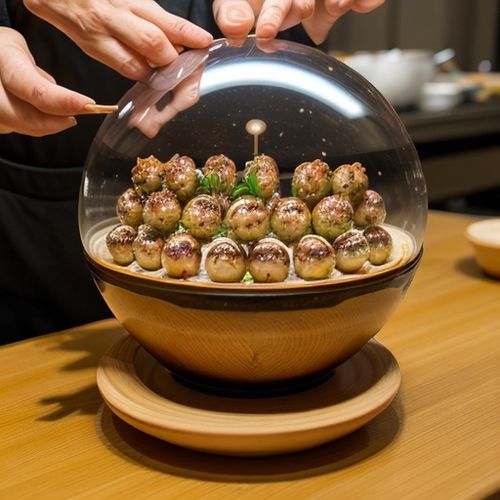
By Joshua Howard/Mar 29, 2025
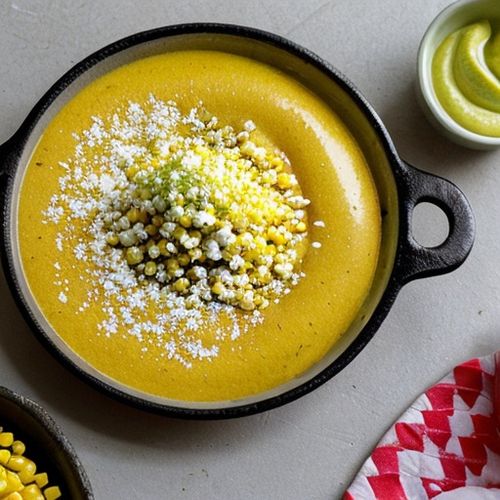
By Sophia Lewis/Mar 29, 2025
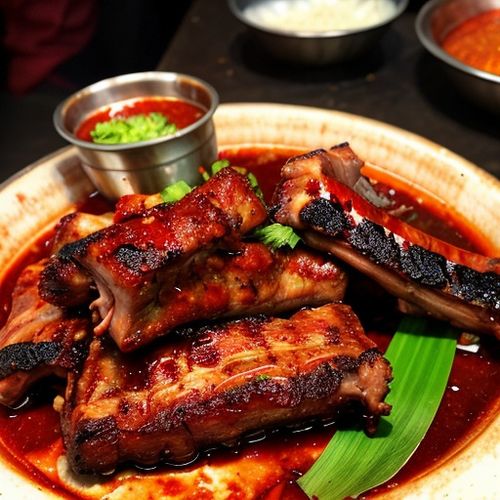
By Daniel Scott/Mar 29, 2025
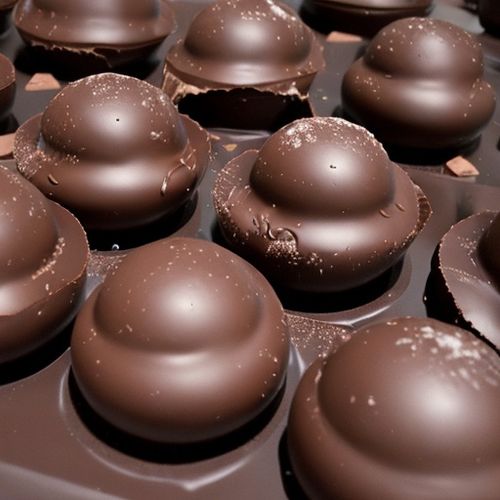
By Daniel Scott/Mar 29, 2025
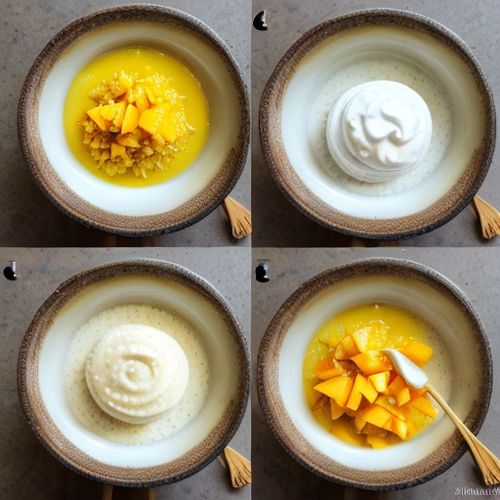
By Michael Brown/Mar 29, 2025
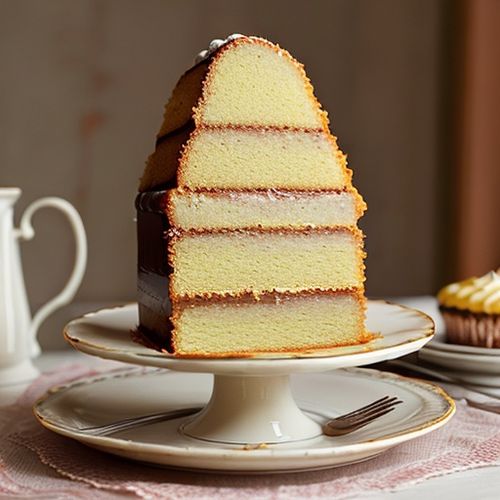
By Eric Ward/Mar 29, 2025

By Grace Cox/Mar 29, 2025
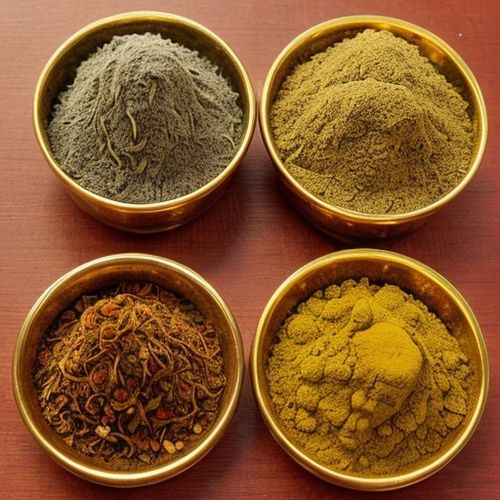
By Sarah Davis/Mar 29, 2025
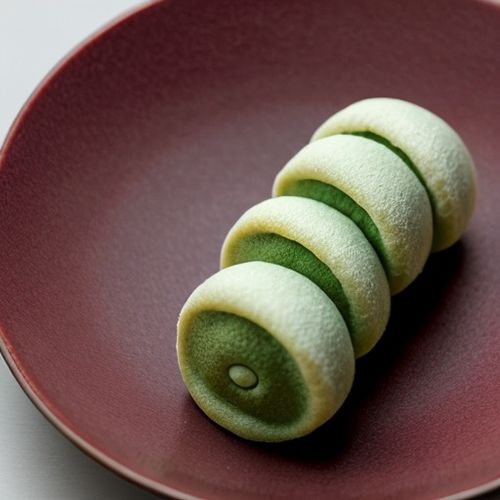
By David Anderson/Mar 29, 2025

By George Bailey/Mar 29, 2025

By Christopher Harris/Mar 29, 2025

By Emily Johnson/Mar 29, 2025

By Laura Wilson/Mar 29, 2025